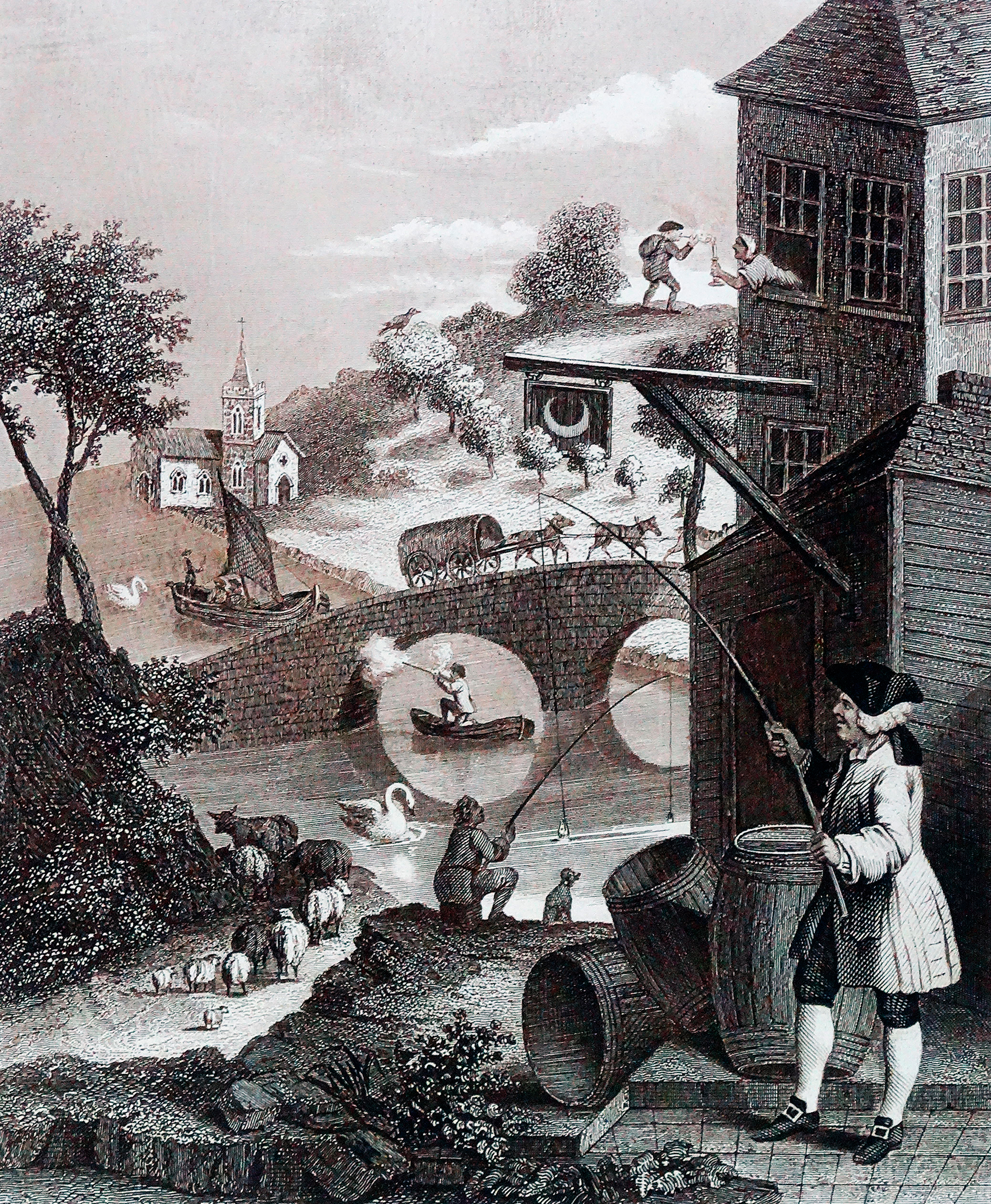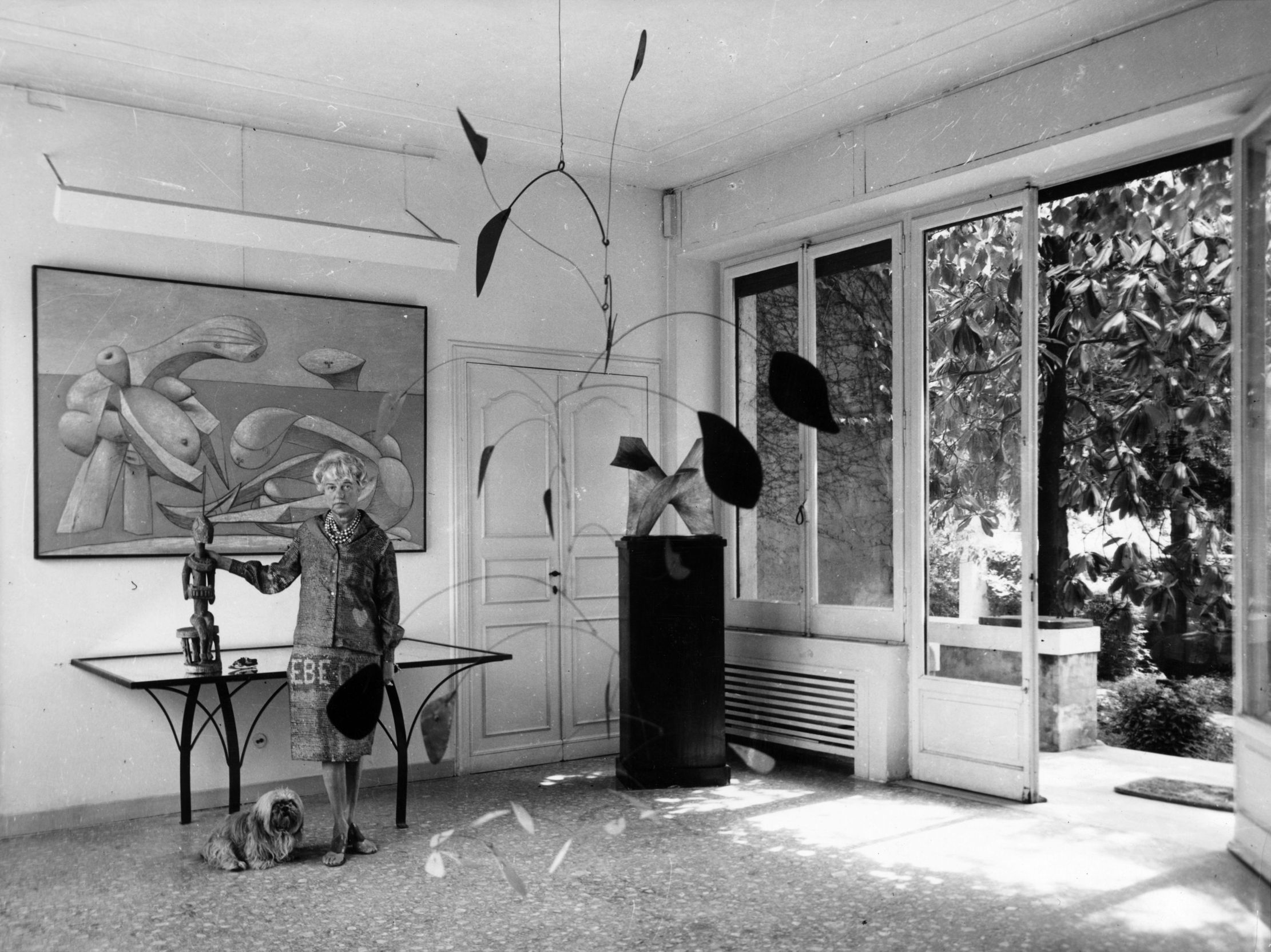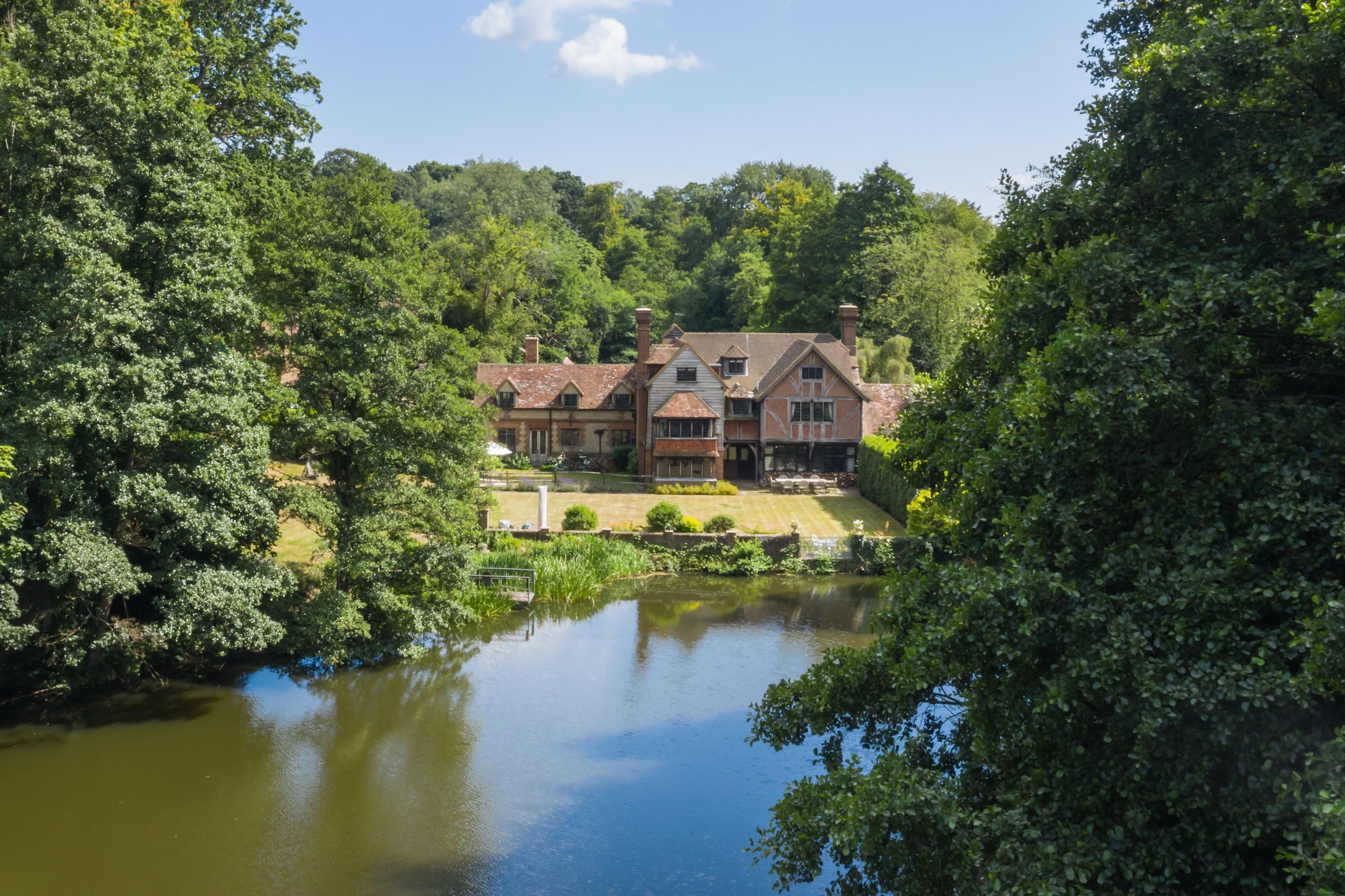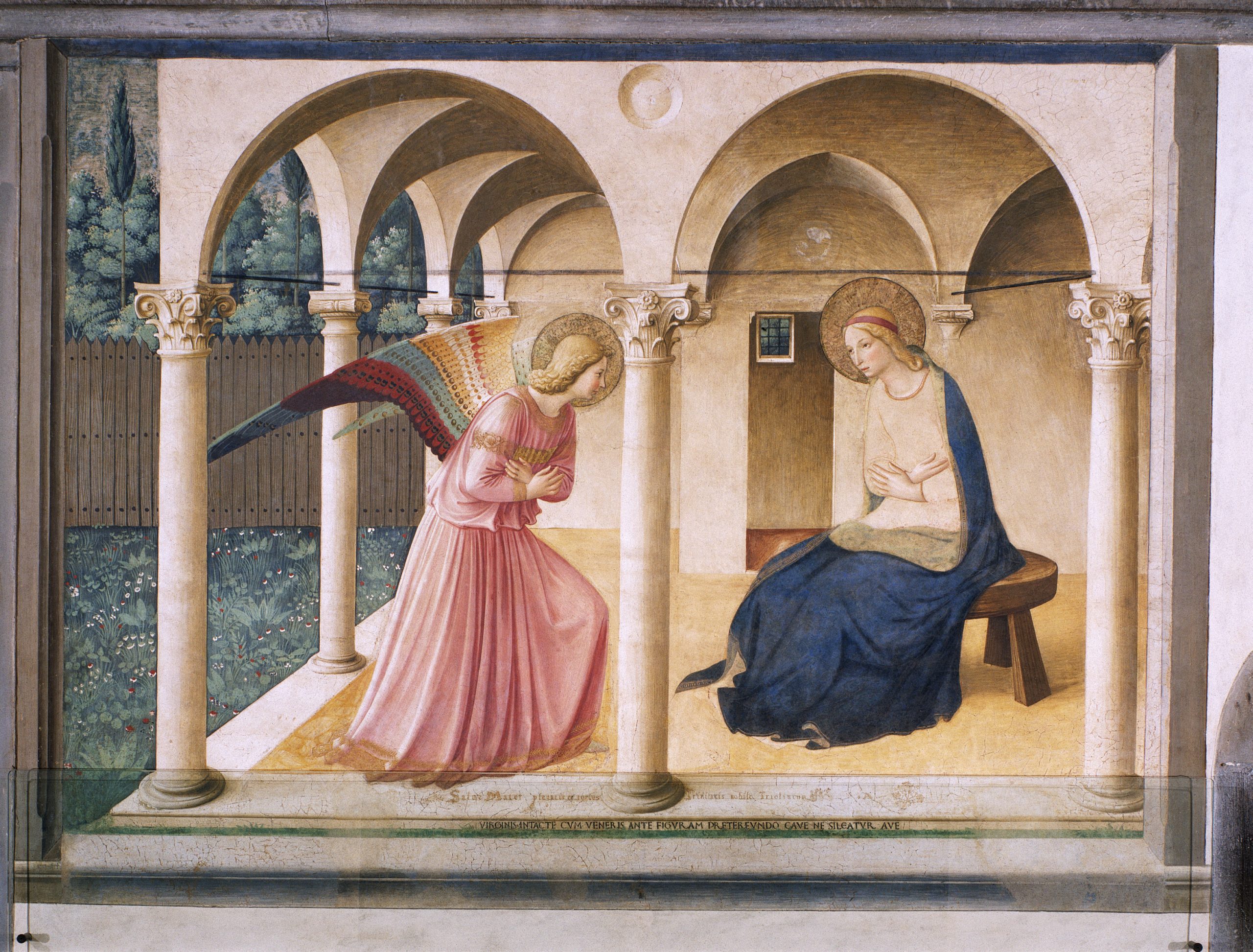My Favourite Painting: Jeremy Clarkson
'That's why this is my favourite painting. Because it invites you to imagine'


Jeremy Clarkson on Rain, Steam and Speed — The Great Western Railway by J. M. W. Turner
I once championed Isambard Kingdom Brunel as the greatest Briton ever to have lived and I still believe he was. No man contributed more, from the invention of artery forceps to great ocean liners, such as the SS Great Britain. He was also responsible for the roof of Paddington Station. Actually, he was responsible for all of Paddington Station and the line that linked it to Bristol – and the trains that ran between the two places.But it’s the roof that fascinates me most of all, because I believe it to be the most beautiful thing in all of London. It’s not the most beautiful thing he ever made, however. That’s Maidenhead Bridge, which even today has the flattest arches ever created. This is the bridge you can’t really see here. And it’s one of Brunel’s trains that’s making the steam that means you can’t really see that either. But that’s why this is my favourite painting. Because it invites you to imagine’
Jeremy Clarkson is a television presenter, journalist, writer and farmer
Charlotte Mullins comments on Rain, Steam, and Speed
This painting is the epitome of Turner’s late work and offers a visual foil to The Fighting Temeraire, painted five years earlier. If the latter suggested a nostalgia for the age of sail, as the ghostly three-master is towed towards the breaker’s yard by a blackened tug boat, then Rain, Steam, and Speed fully embraces modernity and the steam age.
Turner painted two bridges spanning the River Thames at Maidenhead. One is pale and insubstantial, its arches barely visible through the mist. A small rowing boat floats nearby, a leisurely couple on board (one holds a parasol). The other bridge is a buttressed reimagining of Isambard Kingdom Brunel’s masterpiece, completed in 1839 and sporting the widest, shallowest brick arches in the world.
It was a feat of engineering that facilitated the transportation of people and produce from one side of the country to the other at unprecedented speed. Nature’s own speed demon, the hare, races along the railway tracks, but it is dwarfed by the engine. It will not survive, Turner suggests — nothing can outrun industrialism.
One Lady Simon recounted how Turner had stuck his head out of the window of his carriage on the Great Western Railway as it sped from London to Bristol after the line opened in 1841. He experienced the elements as sensations — the tug of wind in his hair, rain plastering his skin. He translated these sensations into streaks of paint that lash the train and the nebulous clouds of smoke that engulf both bridges.

One of the cleverest pictures ever made, and how it was inspired by one of the cleverest art books ever written
The rules of perspective in art were poorly understood until an 18th century draughtsman made them simple. Carla Passino tells

Six things to know about the Royal Academy's Summer Exhibition
The 2024 Royal Academy Summer Exhibition is here. Country Life's Arts and Antiques Editor Carla Passino shares some trivia and
Exquisite houses, the beauty of Nature, and how to get the most from your life, straight to your inbox.

Before the palazzo there was Petersfield: The Hampshire cottage where Peggy Guggenheim learned to love the art world
Humble Yew Tree Cottage stands in stark contrast to the excesses of this great art collector, but was a formative

Charlotte Mullins is an art critic, writer and broadcaster. Her latest book, The Art Isles: A 15,000 year story of art in the British Isles, will be published by Yale University Press in October 2025.
-
 Cocker spaniels: The indefatigable dog breed with medieval lineage that stole David Beckham’s heart
Cocker spaniels: The indefatigable dog breed with medieval lineage that stole David Beckham’s heartOnce bred to flush out woodcock, now found in royal estates and Hollywood homes — the Cocker Spaniel’s charm knows no bounds.
-
 20 breathtaking country homes for sale, as seen in Country Life
20 breathtaking country homes for sale, as seen in Country LifeWe take a look at some of the finest houses to come to market via Country Life in the past week.
-
 'As a child I wanted to snuggle up with the dogs and be part of it': Alexia Robinson chooses her favourite painting
'As a child I wanted to snuggle up with the dogs and be part of it': Alexia Robinson chooses her favourite paintingAlexia Robinson, founder of Love British Food, chooses an Edwin Landseer classic.
-
 The Pre-Raphaelite painter who swapped 'willowy, nubile women' for stained glass — and created some of the best examples in Britain
The Pre-Raphaelite painter who swapped 'willowy, nubile women' for stained glass — and created some of the best examples in BritainThe painter Edward Burne-Jones turned from paint to glass for much of his career. James Hughes, director of the Victorian Society, chooses a glass masterpiece by Burne-Jones as his favourite 'painting'.
-
 'I can’t look away. I’m captivated': The painter who takes years over each portrait, with the only guarantee being that it won't look like the subject
'I can’t look away. I’m captivated': The painter who takes years over each portrait, with the only guarantee being that it won't look like the subjectFor Country Life's My Favourite Painting slot, the writer Emily Howes chooses a work by a daring and challenging artist: Frank Auerbach.
-
 My Favourite Painting: Rob Houchen
My Favourite Painting: Rob HouchenThe actor Rob Houchen chooses a bold and challenging Egon Schiele work.
-
 The chair of the National Gallery names his favourite from among the 2,300 masterpieces — and it will come as a bit of a shock
The chair of the National Gallery names his favourite from among the 2,300 masterpieces — and it will come as a bit of a shockAs the National Gallery turns 200, the chair of its board of trustees, John Booth, chooses his favourite painting.
-
 'A wonderful reminder of what the countryside could and should be': The 200-year-old watercolour of a world fast disappearing
'A wonderful reminder of what the countryside could and should be': The 200-year-old watercolour of a world fast disappearingChristopher Price of the Rare Breed Survival Trust on the bucolic beauty of The Magic Apple Tree by Samuel Palmer, which he nominates as his favourite painting.
-
 My favourite painting: Andrew Graham-Dixon
My favourite painting: Andrew Graham-Dixon'Lesson Number One: it’s the pictures that baffle and tantalise you that stay in the mind forever .'
-
 My favourite painting: Sir Alistair Spalding
My favourite painting: Sir Alistair SpaldingThe artistic director of Sadler's Wells chooses a painting created 'purely to aid reflection and contemplation'.